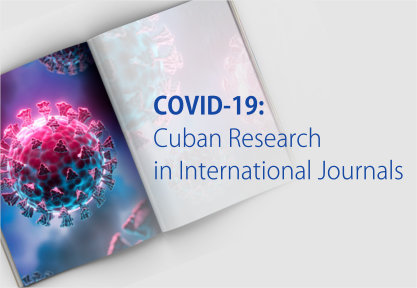INTRODUCTION Alcohol withdrawal syndrome is an important problem for management of alcoholism. It is known that alcohol alters the function of neurotransmitters such as serotonin, but our review found no studies associating serotonin concentration changes with patient clinical status during detoxification. The authors hypothesized that total platelet serotonin concentration should significantly increase during alcohol detoxification.
OBJECTIVE Assess possible association between total (endogenous and captured) platelet serotonin concentration and clinical status of patients with alcohol withdrawal syndrome, at beginning and end of detoxification with clomethiazole.
METHODS Thirty-one alcohol-dependent patients, diagnosed with alcohol withdrawal syndrome according to DSM-IV and classified in three clinical groups (18–20, 21–22 and 23–26 points) per the Clinical Institute Withdrawal Assessment for Alcohol Scale, were included in a prospective case series from May 2009 through May 2011 at the Hermanos Ameijeiras Clinical-Surgical Teaching Hospital in Cuba. Patients were predominantly male (87%), ranging in age from 22 to 57 years; 40% were white, 40% mestizo and 20% black. All had been hospitalized for detoxification in the hospital’s psychiatry service. Blood samples taken were mixed with 1% EDTA and centrifuged for isolating platelets. Serotonin concentrations (endogenous and captured) were measured within 2 hours of blood collection and mean values at treatment days 1 and 12 compared by t test (p <0.05).
RESULTS Total serotonin concentration mean values (µg of serotonin per mg of total platelet protein) were statistically different between days 1 and 12 of treatment (1.329±0.916 µg/mg vs. 2.573±1.224 µg/mg; p <0.001). There was a direct association between total serotonin concentration and patient clinical classification both initially and at day 12. At day 1, the 29 patients in the group with 18–20 points had mean serotonin of 1.358±0.0.94 µg/mg; one patient with 21 points had serotonin of 1.25 µg/mg; and one patient with 24 points had serotonin of 0.740 µg/mg. At day 12, 26 patients had 0–1 points, with mean serotonin 2.688±1.244 µg/mg; and 5 patients had 2–8 points, with mean serotonin 1.244±0.596 µg/mg. No patient had >8 points at day 12.
CONCLUSIONS Serotonin is a potential biomarker for initial clinical classification and outcome monitoring and could be useful to psychiatrists working with patients in this area of medical practice and research. Further studies including more patients and variables are necessary to support these preliminary results.
KEYWORDS Alcoholism, alcohol withdrawal syndrome, serotonin, biomarkers, Cuba


